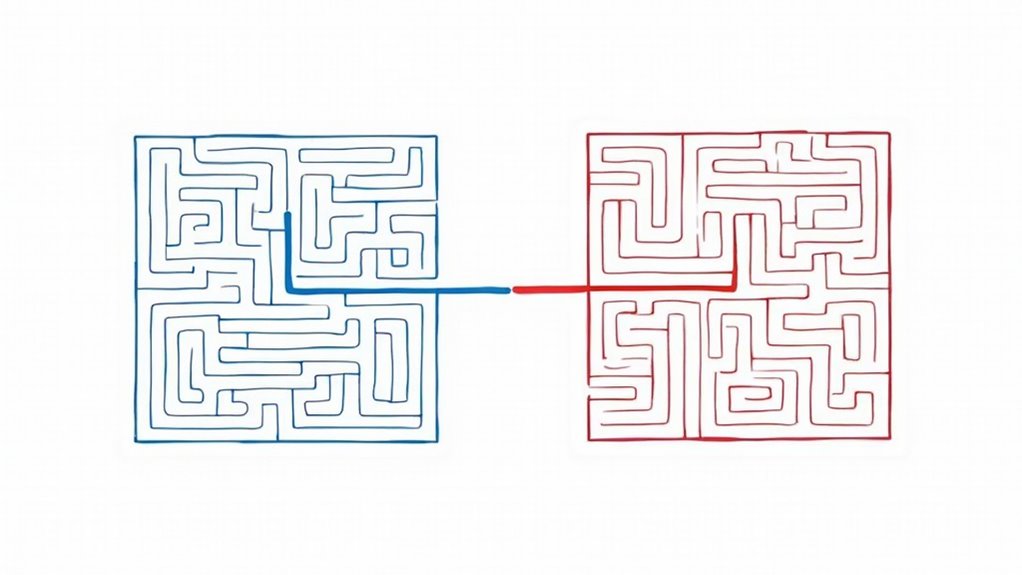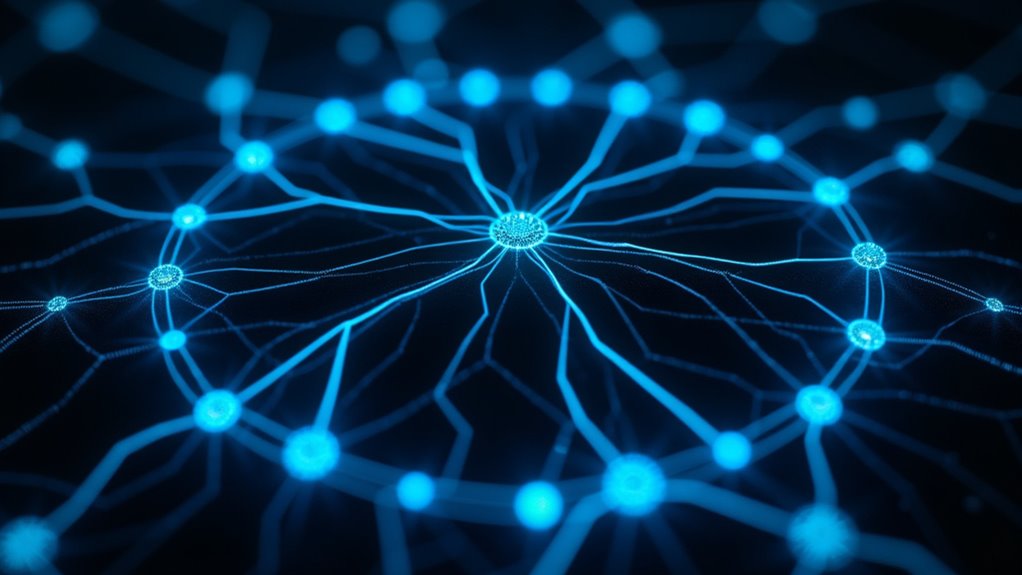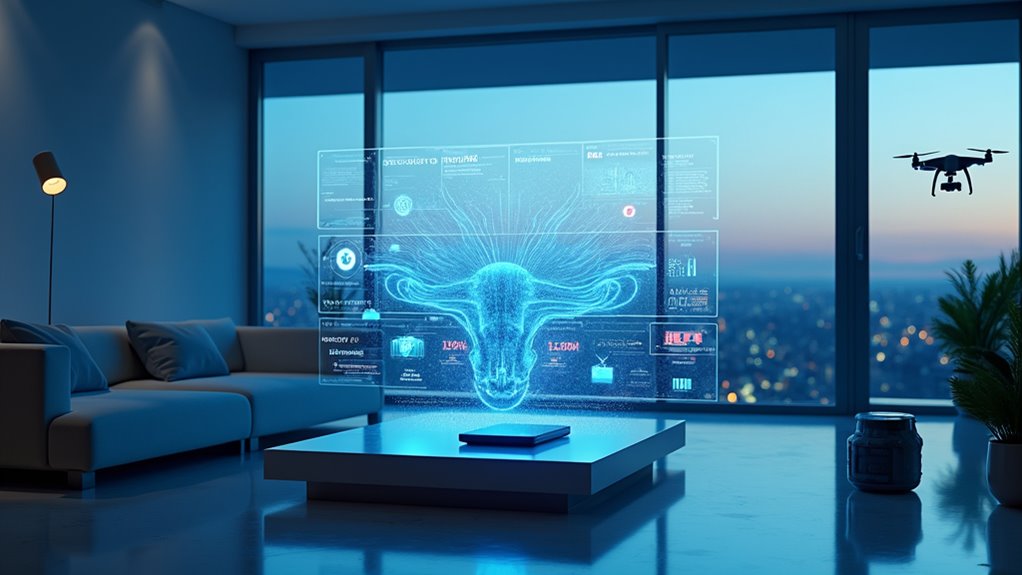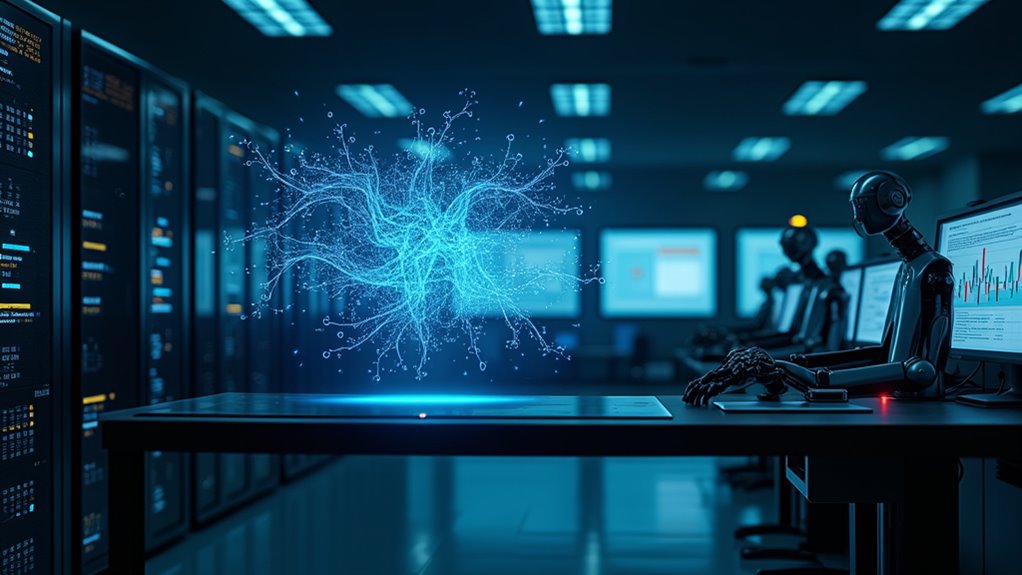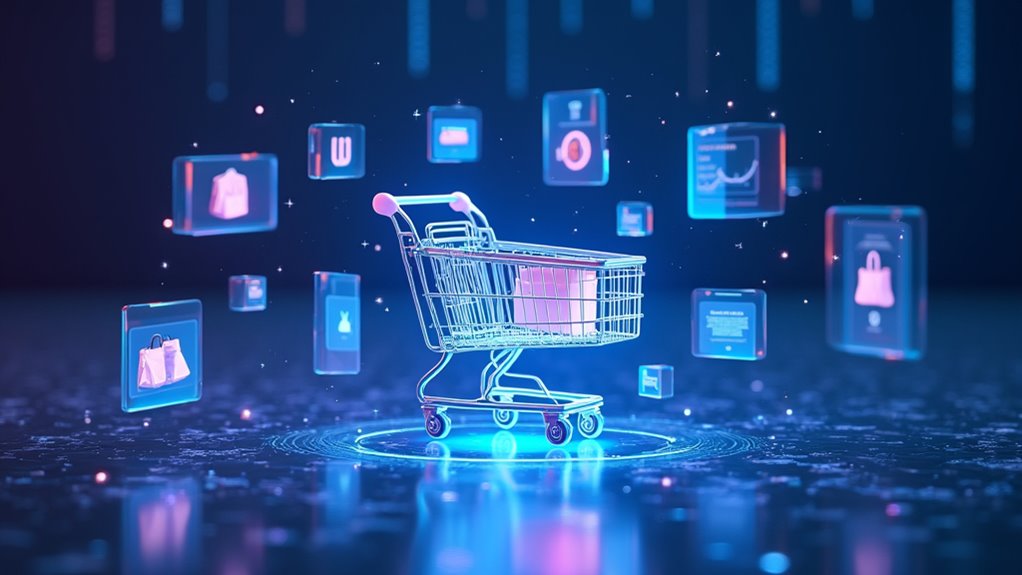Supervised learning is a machine learning approach where algorithms learn from labeled training data – like teaching a computer by showing it examples. It comes in two flavors: classification (sorting things into categories) and regression (predicting numbers). Think sorting laundry versus guessing house prices. Banks use it to catch fraud, while doctors use it for diagnoses. Yeah, it needs lots of quality data to work right, but the technology keeps getting better. There’s a whole world of possibilities waiting to be explored.
The whole thing works through two main approaches: classification and regression. Classification is like sorting your laundry – this is white, that’s colored, those are delicates. Regression, on the other hand, predicts continuous outcomes. Think house prices, stock market predictions, or how many pizza slices you’ll eat based on how hungry you are.
The algorithms behind this magic show include everything from simple linear classifiers to complex neural networks that somehow manage to mimic our brains (though they’re still not smart enough to tell you why socks disappear in the dryer). Support vector machines are particularly effective for handling complex classification tasks. The industry is experiencing remarkable growth, with 42% CAGR expected in the global market by 2024. The rise of computing power has made these complex algorithms more accessible and efficient than ever before.
Real-world applications? They’re everywhere. Banks use it to spot fraud faster than you can say “suspicious transaction.” Healthcare systems use it to diagnose diseases, sometimes more accurately than human doctors (yeah, that’s slightly terrifying). Even your email inbox uses it to filter out those totally-not-suspicious messages from distant princes offering millions.
But it’s not all sunshine and perfectly labeled datasets. Supervised learning has its issues. First, it needs high-quality labeled data – lots of it. And getting that data? It’s about as fun as watching paint dry, and usually more expensive.
Then there’s the whole bias problem. If your training data is biased, your model will be too. It’s like teaching a kid using only one side of the story.
The technology keeps evolving, though. From Bank of America’s fancy PRIAM system analyzing investors to healthcare systems predicting patient outcomes, supervised learning is changing how we handle data. It’s not perfect – sometimes it fails spectacularly – but it’s getting better.
And let’s face it, in a world drowning in data, we need all the help we can get.

